Or the quest for a tribe. Part two by Craig Hanlon-Smith @craigscontinuum

IS THAT my tribe? The awkwardly tall and equally gangly 14-year-old asks himself as he attends an open audition for the local youth theatre’s production of West Side Story. Youth theatre probably saved my life and that is no exaggeration. It’s not that I was suddenly surrounded by Milly, Molly and Mandy and we were homo-snogging behind the costume cupboard – far from it. I did meet boys who identified as bisexual but no one dared openly ‘do’ anything about the homo-side of that. This was 1986 and the age of sexual consent for homosexual men would remain at 21 until 1994 and then 18 until the year 2000, in short, rummaging around in another boys pants was illegal and, besides, homos got AIDS which meant that no one would openly admit to being the full twisted tiara.
These were the beautiful beginnings of a freedom in being surrounded by other boys who wanted to dance and sing and recite classical poetry without getting the shit kicked out of them on the number 37. Standing in the wings during a mammoth production of West Side Story, and impersonating the girls onstage dancing the cha cha, was considered normal behaviour executed by the majority. It was an amazing and casual freedom I didn’t once take for granted, life began. This was definitely a tribe of sorts and, although a mere four miles away, an entire universe apart from high school misery.
There was still a forced performance both on stage and off amongst us all, keen to demonstrate that there was no other boy as heteronormative as I, faking membership to the only acceptable tribe on the menu, longing to slot in, unnoticed. A residential trip to an arts festival in Ilfracombe consisted of enthusiastic public performances by day, then lacklustre bunk bed swapping by night. Flaccid uninterested penis gyrating clumsily against equally disinterested prickly bush, and then a different variety of lady garden shrub each subsequent evening. I dined out on my pretended heterosexual prowess for months sacrificing the age old ‘what goes on tour stays on tour’ for my own deceitful straight-ish disguise. I couldn’t possibly be gay, I was all over the nether-regions of three babes this time last week. A dishonest commitment to the tribe, nay betrayal, and, although it felt ugly, what price was there to put upon hiding the homo within.
Running away to London could be the only possibly way to save me, not the awkwardly dysfunctional teenager I was growing to dislike immensely, but the gregarious sequined soul I knew lay locked away. A summer bus journey to see Madonna’s Blond Ambition tour at Wembley Stadium, alone (who would come with me?), only confirmed the autumn plan. Surrounded by groups of fat, thin, muscled, wobbly, tall, short, gangly, gorgeous groups of happy folk, all drawn together by the poptastic and half-naked writhings of one woman was temporary tribe enough.
And so, under the misapprehension that living in London would be exactly like a Madonna show, in September 1990 I decamped to London and immersed myself in a tribe of young people faking academic interest in their chosen university studies but having a ball in their collective independence.
At the height of the AIDS crisis, and attending a university with a militant lesbian student union president, we’re surrounded by homoerotic and sensual safe sex publicity. You can have sex with gay people and it isn’t going to kill you? This was a revelation. These images of men lovingly, sexually and intensely locked in one another’s embrace were akin to a world war recruitment campaign; where do I sign?
An immediate tribe and I knew I was a member, but long since embedded fear is a powerful deterrent. Despite surrounded by the open encouragement to engage in homosex as swiftly as possible, and engage I did, this was always in secret. We’re still 25 years from Grindr. If you’re a repressed homosexual with a burning desire to get your hands into the tribe, but too terrified to walk inside a gay bar, what if someone you know sees you? And once you’re in what happens when you need to use the toilet?
Waiting opposite and outside for kicking out time for the equally desperate and drunk to drag you behind the bins for a hand-job is the only option for meeting people. No chat, no smiles, just grabs and grunts and, occasionally, smells that lead to retching, it is of course nothing like the student union poster. In a desperate plea for cuddles and some sense of normality it’s back to the girlfriends by day and bin smelling blow-jobs by night.

And so to another three years of this yo-yo secret grubby gaying and pretended heteronormative companions, not to mention a heterosexual promiscuity that was off the scale. If I just keep shagging the women, I can f**k the gay away, right? Except the only way to reach an orgasm during these hetero hysterical humpings is to think of the smelly dude from last week in that skip yanking at me as a plumber with a monkey wrench. As tribes go… anyone else in?
It would take another Madonna show at Wembley Stadium to kick-start the final phase, only this time the now 21-year-old is saddened by his behaviour in the company of men hanging on each other’s necks with a familiarity that suggests a normality with one of the same gender is not merely a possibility, but a realistic goal. There is pride in their public displays of affection, acceptance in the cheeky bottom smacks and pinches, warmth in their clearly not bro-hugs, and confidence in their lived experience.
The repressed homosexual bursts into tears and the sight of our lady straddling a giant disco ball and wrapped in a feather boa singing Express Yourself, but he knows who his tears are really for.
To be continued…
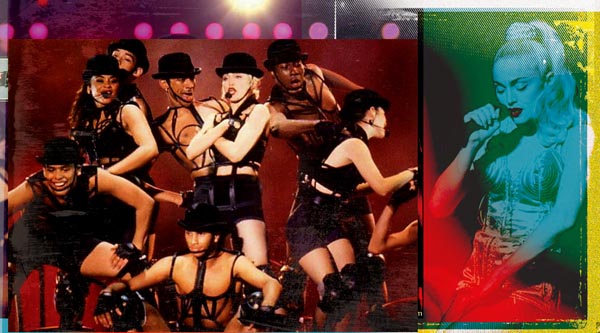
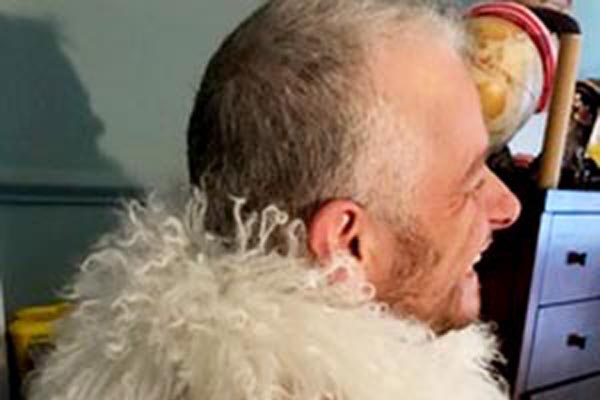

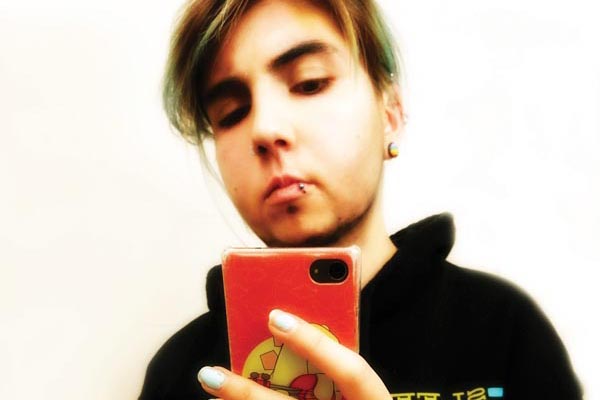

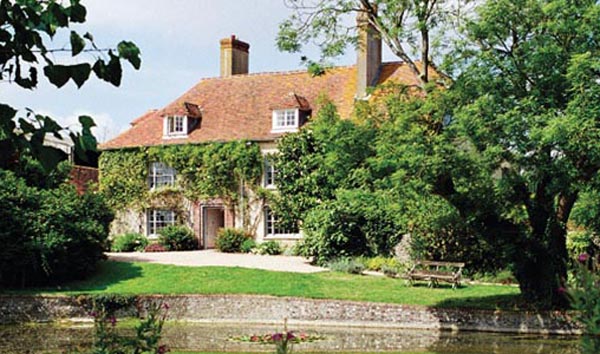
 Charleston wants people who identify as LGBT+ to be part of a new project called, Unexpected Delights.
Charleston wants people who identify as LGBT+ to be part of a new project called, Unexpected Delights.
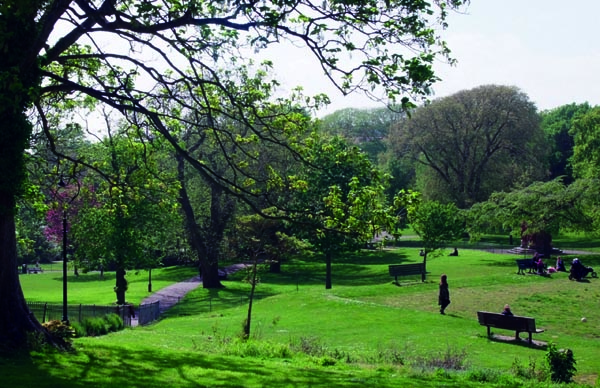






You must be logged in to post a comment.